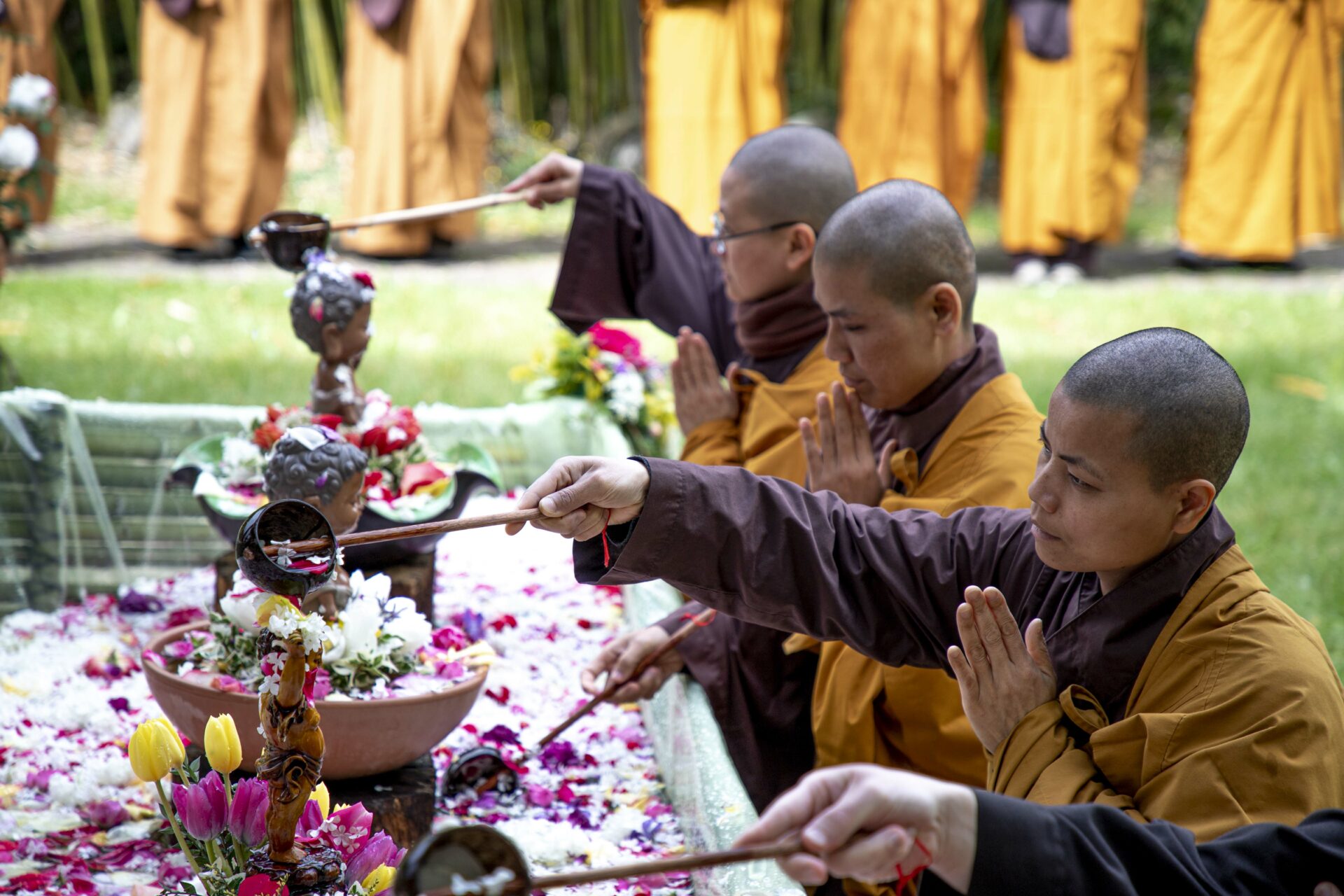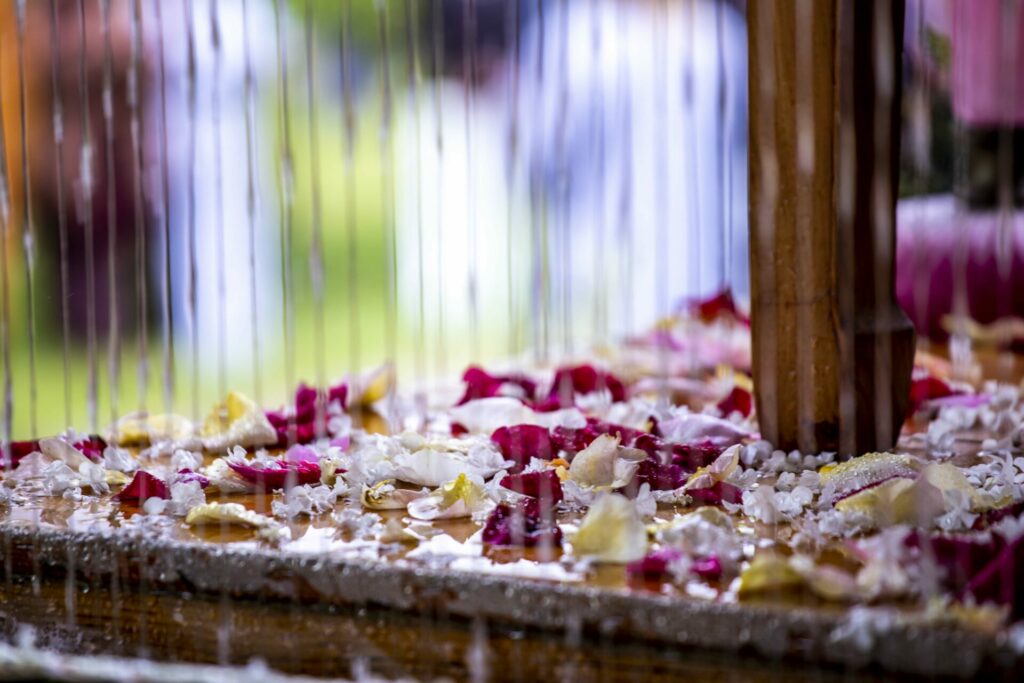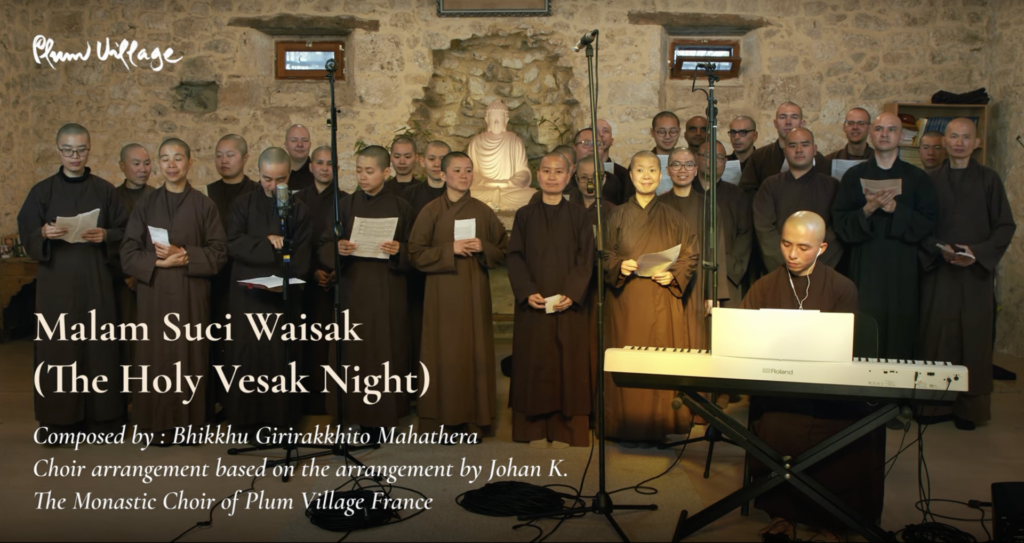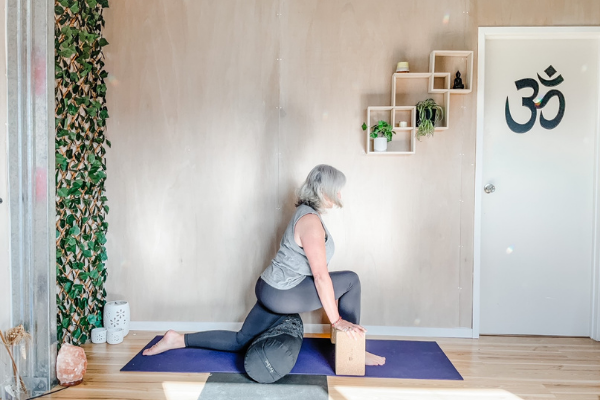Recognising the Buddha within
As we approach Vesak celebrations at Plum Village Centers, we reflect on what it means to take refuge in the Buddha within during challenging times.

Reflections on the Buddha, his Teachings and the Ceremony of Vesak
Excerpt from a Dharma talk offered by Sr. Chan Duc on the 11th of May 2023 in Upper Hamlet, Plum Village, France.Let the Buddha Breathe
Let the Buddha breathe
Let the Buddha sit
I don’t need to breathe
I don’t need to sit
The Buddha is breathing
I enjoy the breathing
I enjoy the sitting
The Buddha is the breathing
I am the breathing
The Buddha is the sitting
I am the sitting
We are practicing today to recognize our Buddha nature. The question is how quickly can we recognize our Buddha nature. The exercise that we have just been singing is led to us by our beloved teacher, Thay.
There was a day in Seoul in South Korea when Thay had to lead the walking meditation for thousands of people in the University. There were so many cameramen surrounding Thay that Thay could not see any way ahead, only cameras, so that time Thay said Thay would ‘let the Buddha walk’.
We just sang ‘let the Buddha sit‘ but we can also let the Buddha walk. Somehow there was a place for Thay to walk. Thay didn’t say out loud ‘let the Buddha walk’, he said by himself. Sometimes we don’t have the Buddha eye that can see the way to walk, but we can find the Buddha eye within ourselves by remembering the Buddha.
We’ve all heard or read about the Buddha, and somehow that hearing or reading about the Buddha, has watered a seed in us and when we say the name ‘Buddha’ that seed is watered and we remember that is how the Buddha saw things.
One time a friend of mine was undergoing chemotherapy and it caused a lot of discomfort. I asked her what she practiced when she felt that discomfort and she said, ‘The only practice that works for me is to let the Buddha breathe, I don’t have to breathe’. So it seems that very quickly we can find that Buddha seed and water that Buddha seed and it will come up.
At first we think that is the Buddha who is breathing, that is the Buddha who is walking. Then we feel that breathing, that walking which we call ‘the Buddha’ is also something that is happening in us, and we can enjoy it.
In the first two verses, there is ‘I’ and there is ‘Buddha’. And then we begin to see something else: Buddha is the breathing, Buddha is the walking. How is Buddha manifesting in this moment? Obviously, that human being who was born more than 2500 years ago is not actually manifesting now. But the way the Buddha walked, which has been handed down from generation to generation and passed on to us by our teacher, can now manifest in the present moment.
Then we think ‘Well, I am actually walking’, so we have to say something like ‘I am the walking’. I am becoming one with the Buddha. Buddha is the walking, I am the walking. You may be a little bit confused at that time when you first start doing this meditation but later on, you will think ‘I don’t need to distinguish or discriminate between Buddha and myself’. In the first two verses, I made that discrimination, now I have to make the transition where I don’t discriminate between Buddha and myself.

Recognising the Mara Nature Within
Sometimes when someone is a little bit difficult for us, we do not see the Buddha nature in that person. We see another nature which is called the Mara nature. Mara is the opposite of the Buddha. We all have the Mara nature. This is something we have to recognize. When we say we have the Buddha nature, it does not mean that we do not have the Mara nature. That is the unenlightened nature.
This morning in the Lower Hamlet we read The Discourse on the 5 Ways of Putting an End to Anger to help us see the Buddha nature.
In the fourth way of putting an end to anger there is someone whose bodily actions are not kind, whose speech is not kind and whose thinking does not seem to have any kindness in it. If we are angry with that person and we are wise we will know how to practice in order to put an end to our anger.
Suppose there is a person who is making a long journey. The village he has left is far behind and his destination is far ahead. On the way this person falls very sick. He cannot continue his journey and lying down by the side of the road he has to come to terms with the fact that he is going to die. But someone else comes along and sees the man’s situation and says, ‘I’m going to help you my friend’.
He takes him to the nearest village and when they arrive in the nearest village he provides him with medicine, with the food he needs, with a place to lie down and get better. Thanks to that, that man’s life is saved. So when you see someone whose bodily actions are not kind, whose words are not kind and his thinking is not kind you should know that that person suffers very deeply and it is only by showing your compassion for that person that they will be able to be released from there suffering.
That is the practice of Śāriputra, the senior disciple of the Buddha. He practiced very deeply and very well so that when he came across someone who was very jealous of him and slandered him, he was able to to practice like that. So sometimes we’ll look at somebody and we may see they just have the Mara nature, but we need to look again. We need to see why they have that Mara nature – because they are suffering.
 Compassion shows us the way
Compassion shows us the wayWhen we can understand the depth of that suffering we will be able to give rise to compassion and that compassion will naturally show us the way. We’ll open our Buddha eye so that we can see the way to help that person suffer less, to transform their suffering. That is why we say that understanding is compassion but that understanding needs to have compassion in it and not be separate from compassion. Sometimes we say ‘oh yes I understand that person, I understand their suffering but still I cannot feel compassion, then I cannot forgive them’. That is because in that understanding, the compassion is not there.
If you have a difficulty with someone, you only see their Mara nature, it is good if you can say just with your intellect, ‘This person has the Buddha nature, the Buddha has taught me that, Thay has taught me that’. If you can say that, at least it will not completely block your view to the Buddha nature in the other person.
Let the Buddha breathe, I don’t have to breathe. Don’t force yourself. Buddha nature is there. You don’t have to keep saying ‘you have to breathe, you have to breathe’, but in fact if you just leave that space the Buddha will breathe for you.
Watch the full Dharma Talk here
More Offerings Related to Vesak
Sitting with the Buddha
Connect with the Buddha with this guided meditation from Thay.
Malam Suci Waisak (The Holy Vesak Night)
The Plum Village monastic choir came together to record the Indonesian song Malam Suci Vesak (The Holy Vesak Night), as an offering for Vesak day. This is a song that is commonly sung in Indonesia on Vesak day to commemorate the Buddha’s birth, enlightenment and passing. The English translation is provided in the song. Enjoy!

 ShanonG
ShanonG 





































